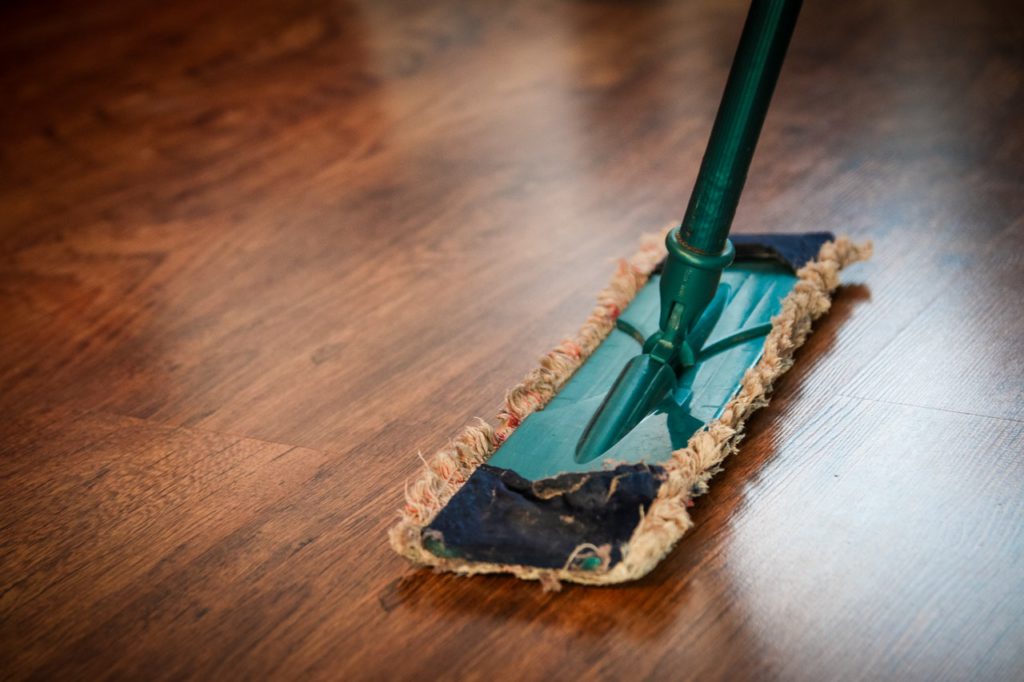How To Clean Your Timber Decking

Using a little deck cleaner, light pressure, and tips for cleaning the top of a composite deck or wood deck, you can keep your deck clean and in top condition. With the right yard cleaner, you can completely change the look of your deck and keep it functional for years to come. With a few simple ways to clean your deck, you can be sure that your wooden deck boards will stand the test of time.
Try to clean your deck at least once a year to keep it in top condition, and then apply a coat of protective oil or stain on it. If you want your flooring to be in top condition, clean it thoroughly at least once a year. Thorough annual cleaning and application of fresh sealant will preserve the beauty of your deck and extend its lifespan.
Finally, use a trowel to “clean” any debris between the floorboards to stimulate water flow and prevent wood from rotting. Use a long-handled brush or push broom to scrub the deck until it is clean. Dampen the surface and scrub the deck with a stiff bristled brush or sponge until the cleaning solution starts to foam.
Leave the mixture of cleaning solution and water on the deck surface for the time indicated in the instructions. To finish cleaning, use a hose to rinse off any dirt and debris from the terrace cleaner. A pressure washer can be used on coated composite floors, but remember to do it carefully, for example when cleaning wood flooring. Cleaning your deck with a pressure washer can save you time and avoid the use of harsh chemicals.
Pressure cleaning of a composite deck is generally good, but pressure cleaning of wood decking can quickly damage the deck, leaving large potholes or “fuzzy” the deck by raising wood fibers. If a pressure washer is required, use a low pressure setting (approximately 800 psi), use a large nozzle (40 degrees or more), keep the nozzle at least one foot from the deck surface, and continue spraying in a constant motion to avoid a pothole … However, unlike pressure washers or chlorine bleach, you may have to brush a little with a stiff-bristled long-handled brush to get your deck as clean as you would like it to be.
Thoroughly wash the deck with a pressure washer or apply some good old elbow grease with a brush, but be careful not to scrub too hard – you don’t want to scratch the surface. After you’ve finished cleaning, thoroughly rinse your deck with clean water using your garden shed or pressure washer. Always rinse off the cleaning solution thoroughly and allow the deck to dry completely before re-placing furniture on it. In preparation for cleaning, you will need a rinse water (hose or pressure washer), a recommended outdoor brush with an extension.
Initial cleaning is necessary to trap any debris in the deck stain or oil. Let the deck dry for a while before moving furniture and decorations back to the deck. Take a broom and clean the outside walls of the house that the deck is attached to. If this is a second floor deck and you can crawl underneath, clean the bottom to get rid of any debris that collects moisture.
While the deck wash you will be using is plant safe, you may not want it to get on other items near your deck, such as a barbecue grill or outdoor toys. Use a solution diluted in water, for example, or a mixture of bleach and warm water (but don’t let it settle to the surface).
Then, using a soft broom or floor brush, apply the solution and scrub thoroughly. You can then start scrubbing the deck with a stiff bristled brush to remove dirt, mildew, mildew, stains, etc. Take your time and use a sweeping motion until the entire deck is washed away and the cleaning solution is no longer visible.
You can use a pressure washer to clean your deck if you want, but just make sure it’s set to the proper setting. A pressure washer can allow you to spend less time cleaning, but setting it too high can damage your deck. If used too close, a pressure washer can quickly damage the wood, making it more difficult to clean or handle. You should use a garden hose with a nozzle at the highest level; you can use a pressure washer or a pressure washer if you prefer, but be aware that an overly powerful blast can damage your deck.
It is important to thoroughly remove dust and debris before using water-based oils, as this can affect the final result. Avoid using bleach when cleaning laminate floors, as it can discolor the surface and may be hazardous. When cleaning decks, be sure to only use oxygen bleach and not chlorine bleach, which can compromise the structural integrity of wood decks.
To clean the wood of the deck, start by mixing 1 cup of vinegar with 1 gallon of water in a bucket. To gently clean your wood floor, first use mild soapy water and a sponge to remove dirt and cobwebs. For stubborn dirt (and harder flooring), scrub the boards more thoroughly with a brush before rinsing off with water. To use the detergent on deck, simply mix the powder with the recommended amount of hot water and apply to areas along the deck, wetting the deck, allowing the product to sink, then scrubbing the area with a long-handled brush before wiping off. cleared area.
Read the instructions carefully to find out if your chosen product requires wetting your deck before applying the cleaning solution. Cleaning products can discolor or discolor your deck if left on for long periods of time, so it’s important to properly rinse your deck after cleaning. To avoid damaging the floor, prepare a mild cleaning solution with warm water and liquid dish soap. To learn how to DIY your composite flooring, start by spraying the flooring with a hose to remove any surface debris.
The edges of your deck, especially where siding is installed, can often collect dirt and debris, so pay special attention to these areas by applying warm soapy water to the deck surface and wiping it down with a sponge. Take a broom and sweep the flooring well to remove dirt – don’t worry too much about especially problematic dirt as it can be solved by deep cleaning your flooring. First, use a broomstick on the deck railing and remove any cobwebs or other debris.






